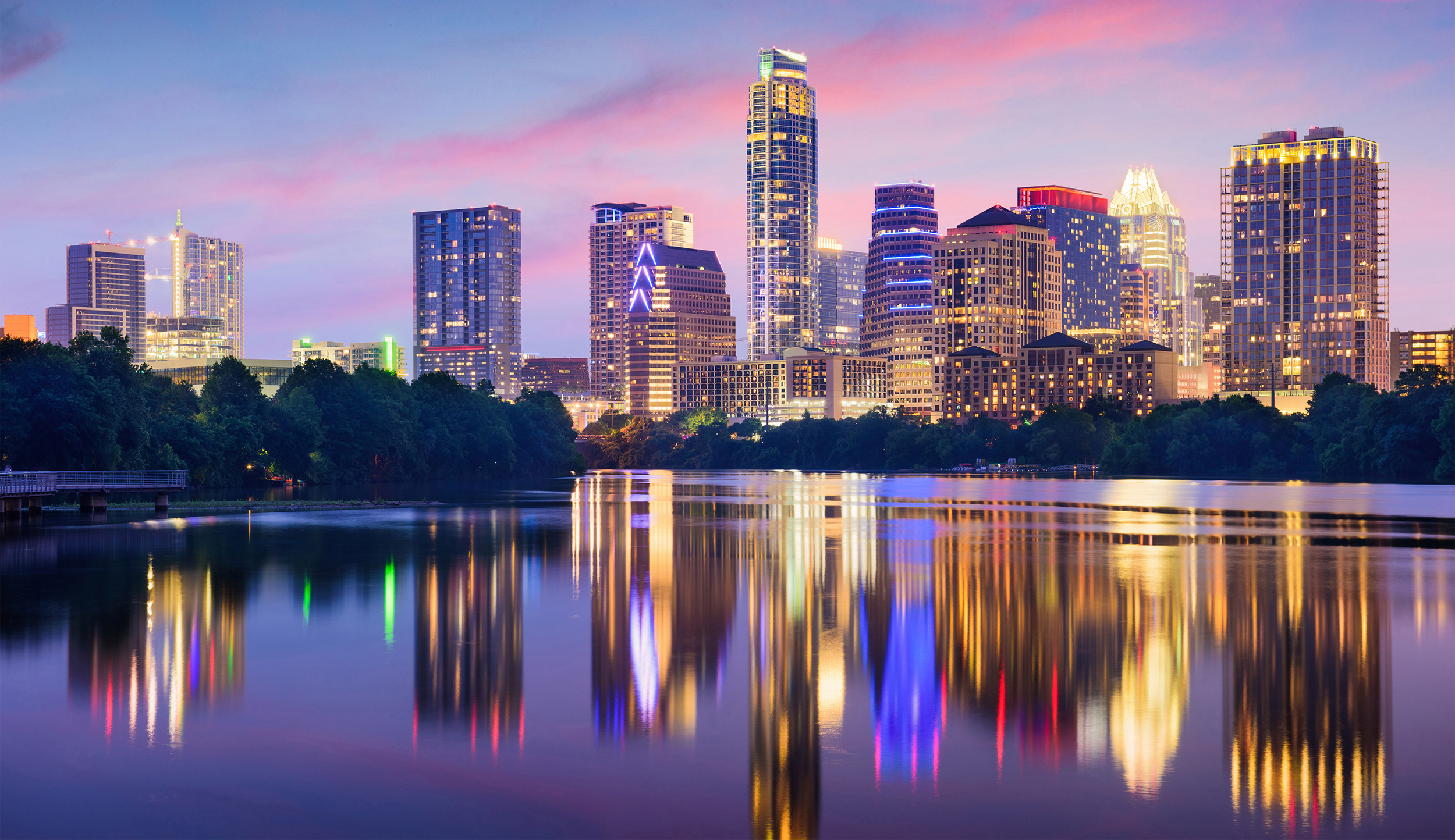A lot of people, including myself, have been swept up by the Austin hype, drawn by the perception that it’s reasonably comparable to the California lifestyle. It’s a compelling narrative, especially for families looking for a change, perhaps seeking that elusive ‘boost in lifestyle’ we hear so much about. My family and I made that move from San Diego in 2015, only to discover that the reality was far from what we expected.
This isn’t to say Austin doesn’t have its charms – it certainly does. However, the true picture, when you peel back the layers of popular perception and glowing headlines, reveals a series of significant considerations that can turn a hopeful relocation into an ‘expensive mistake.’ Our journey taught us, often through costly lessons, that what sounds good on paper doesn’t always translate into real-world comfort or financial ease.
So, if you’re contemplating a similar leap, this insider’s guide is designed to arm you with the unvarnished truths and practical takeaways we learned the hard way. We’re here to share the nuanced differences, the surprising costs, and the cultural shifts that often go unmentioned, providing a clear, digestible format for you to weigh before making such a pivotal decision.

1. **Hidden Costs Beyond Housing** When contemplating a move to Austin, the initial draw for many is the seemingly lower housing costs compared to California. It’s true that a 2,000-square-foot house with a yard might seem cheap in Austin compared to San Diego. However, what often gets overlooked are the myriad of hidden costs that quickly erode any perceived savings, turning the dream of affordability into a financial challenge that rivals, or even surpasses, California living. These are the factors that don’t always appear on a 3D affordability map but hit hard on a monthly basis.
For starters, while Texas has no state income tax, it more than compensates with high property taxes. We purchased a home with a 2.1% property tax rate, which, even with a homestead exemption, still meant paying 1.79% – notably higher than California’s 1.25%. Moreover, energy costs in Austin are incredibly expensive. Owning a large house, which might seem like a steal upfront, quickly becomes a fortune to heat and cool. We were routinely paying $400 per month during summer and winter and still remained uncomfortable, setting our thermostat to 79 degrees Fahrenheit in summer and 65 degrees Fahrenheit in winter. To truly be comfortable, it would have easily cost us $700 to $1,000 per month.
Water bills are another shockingly high expense. Despite water being pumped from nearby Lake Travis, costs are exorbitant. We paid $89 per month just for the privilege of being connected to city water, even if using 0 gallons, and that base rate was recently jacked to $97. For a young family watering about 10,000 square feet of grass, a water bill would easily be $300 to $400 per month. If you needed new sod, expect to pay around $1,200 per month just for water. This is a stark contrast to San Diego or San Jose, where water was cheaper, even during a drought, despite being sourced from states away. Furthermore, with the influx of people, the service industry is in red-hot demand, meaning expensive pool maintenance, landscaping, home repairs, dining, and movies. These aren’t minor expenses; they add up significantly.
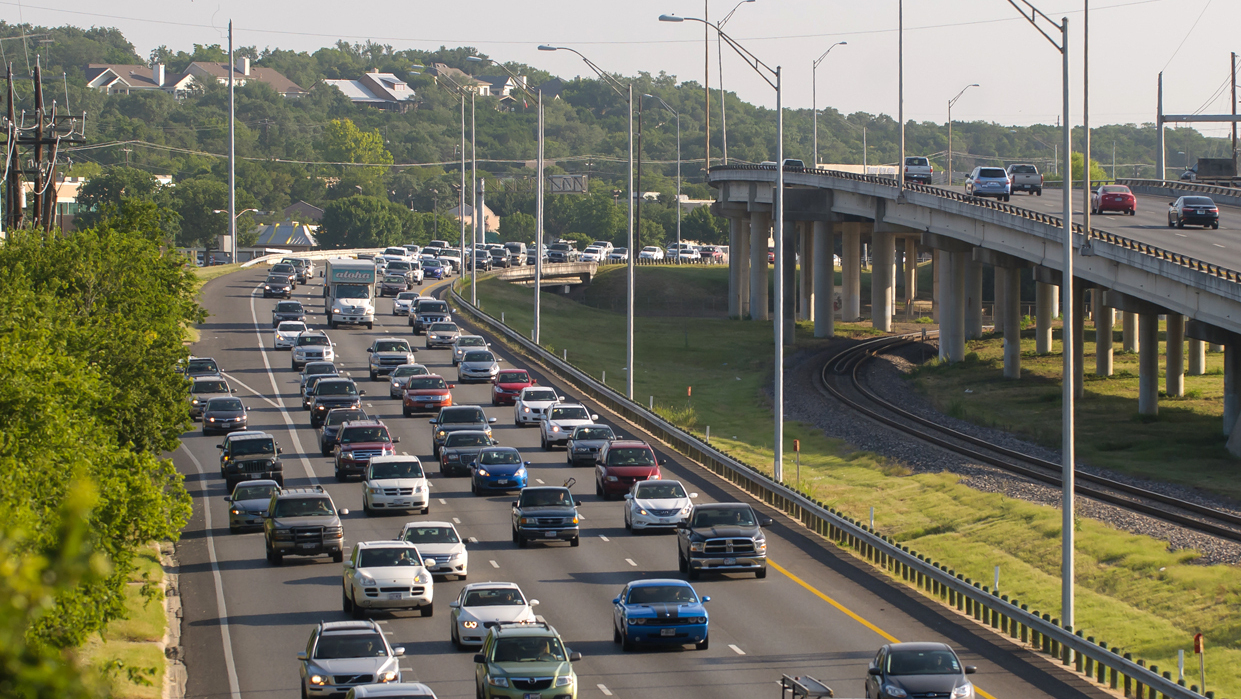
2. **Traffic Congestion & Urban Sprawl** Major Texas cities, including Austin, are notorious for their significant traffic congestion. What often starts as a desire for more space and a larger home can quickly translate into frustratingly long commutes and gridlocked highways, turning daily drives into a source of considerable stress and lost time. This isn’t just an occasional inconvenience; it’s a daily reality that impacts quality of life, extending beyond the typical rush hour to often include off-peak times as well.
The issue is compounded by Austin’s extensive urban sprawl. Unlike some older, more compactly developed cities, Texas cities are known for spreading out, leading to a heavy reliance on cars for almost every aspect of daily life. This means that amenities and services that might be easily accessible by walking or a short drive in other locations become distant, requiring significant travel. The spread-out nature of the city contributes not only to higher fuel expenses and vehicle maintenance costs but also to environmental concerns and the loss of natural green spaces as development pushes further outwards.
This reliance on personal vehicles and the extended travel times can drastically reshape your daily routine. What might seem like a quick trip to the grocery store or a friend’s house can turn into a protracted journey, eating into valuable personal and family time. It’s a factor that, while seemingly minor on its own, combines with other elements to significantly alter the perceived lifestyle advantages of moving to Austin.
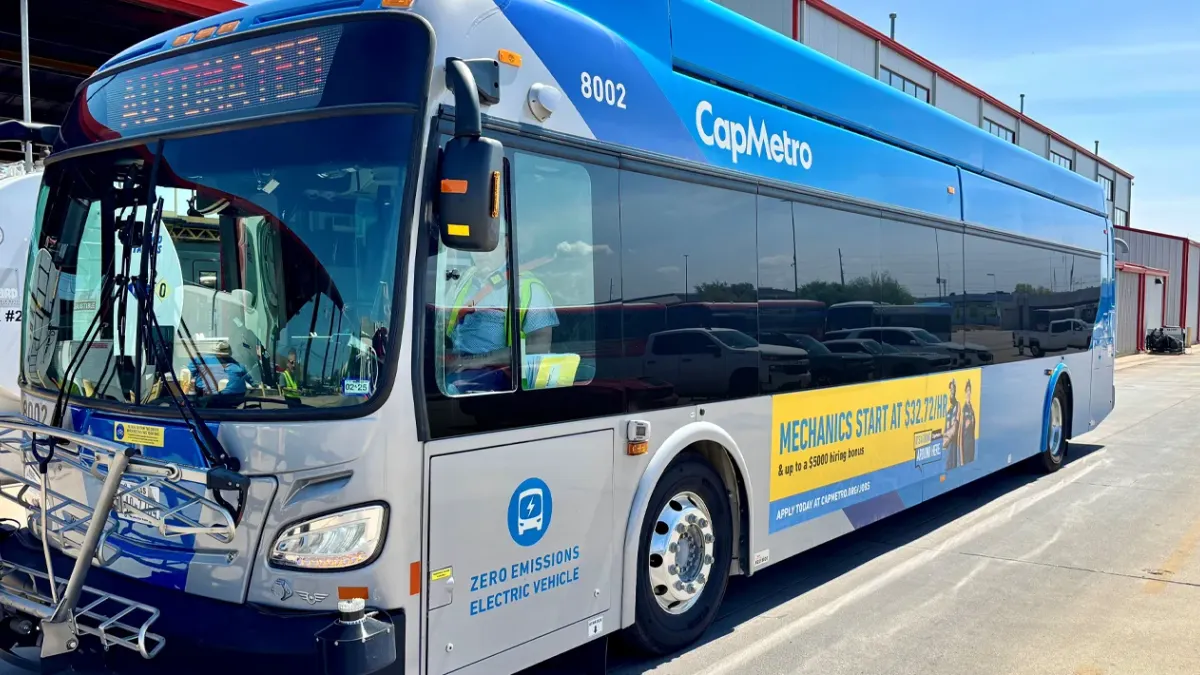
3. **Limited Public Transportation** While traffic congestion is a major concern in Austin, the lack of robust public transportation options exacerbates the issue significantly. For residents without a car, or those hoping to reduce their reliance on personal vehicles, getting around Austin, especially outside its core urban areas, can be incredibly challenging. This forces nearly everyone to own and depend on a personal car, adding to the city’s already strained road networks.
This limited public transit infrastructure directly impacts mobility and accessibility for many residents. It means that simple errands, commuting to work, or accessing entertainment and services often require a car, regardless of preference. The idea of living a car-free or car-light lifestyle, often appealing to those from more public-transit-friendly cities, becomes largely impractical in Austin.
The absence of comprehensive public transportation also limits opportunities for spontaneous exploration of the city and its surrounding areas, tying residents to their vehicles in a way that can feel restrictive. It’s a key difference from other major metropolitan areas where alternative modes of transport are readily available, further underlining the necessity of factoring in vehicle ownership and related costs into your budget and lifestyle expectations.
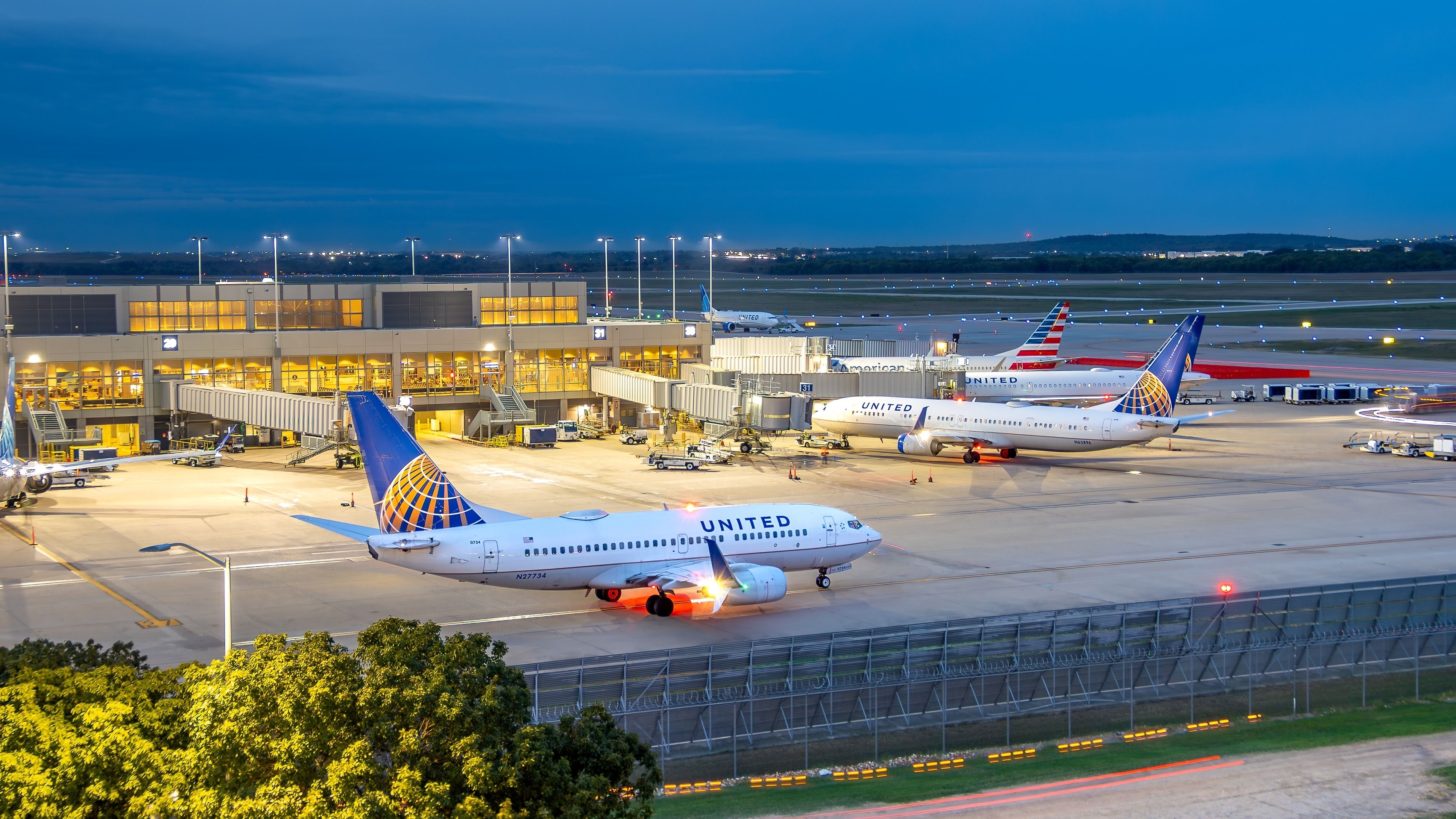
4. **Austin Airport Doesn’t Fly Direct to A Lot of Places** For those who cherish travel, particularly spontaneous or frequent getaways, the connectivity of Austin-Bergstrom International Airport (AUS) might come as an unexpected disappointment. While it serves as the primary airport for the Texas capital, its direct flight options, especially to popular leisure destinations like tropical beaches, are surprisingly limited. This can transform what you anticipate as a quick, convenient escape into a complex and time-consuming travel ordeal.
Our own experience highlights this perfectly: a planned trip to Punta Cana, a seemingly straightforward tropical beach destination, offered no direct flights from Austin. The only options involved either flying through Florida or enduring a five-hour-plus drive to Dallas to catch a direct flight from there. Opting for the Dallas route, despite its length, meant an additional night in a hotel and a tiring drive home, significantly detracting from the relaxation of the vacation.
This reality forces a reevaluation of travel habits. If you’re accustomed to short, direct flights to beloved vacation spots – like a three-hour hop from the Bay Area to Cabo – Austin’s airport can feel like a bottleneck. What was once a ‘door-to-beach’ time of five hours or less can easily become a full day of travel, making quick getaways far less appealing. It’s a ‘first-world problem,’ perhaps, but for those who deeply value their travel time and accessibility to certain destinations, it’s a significant lifestyle adjustment that should be seriously considered.

5. **Oppressive Weather Extremes** You might have heard that Austin is hot and humid, but the reality of Texas weather, particularly in Austin, often far exceeds expectations. It’s not merely “hot”; it’s a uniquely oppressive kind of heat that significantly impacts daily life and comfort. Unlike much of California, where temperatures often cool down at night allowing for open windows and fresh air, Austin summers offer little respite, with nights only getting down to a smothering 80 degrees Fahrenheit. This means your air conditioning unit will be running relentlessly, day and night, contributing to those exorbitant electricity bills mentioned earlier.
The humidity is another major factor. While some suggest it’s good for the skin, it comes with a host of practical drawbacks, causing food to spoil faster, towels to get mildewy, and drastically limiting the temperature range where you feel comfortable. Moreover, Austin receives almost 90% as much rain as Portland, Oregon, which, while contributing to lush greenery, also brings its own set of problems: mold, pervasive allergies, persistent mosquitoes, and significant water penetration issues in homes. The rain often comes in intense downpours, with inches falling in a single night.
These extreme conditions mean that outdoor living, which might be a central appeal of a large yard, is severely curtailed. We found ourselves only truly wanting to be outside for about three to four months of the year. The rest of the time, it was either too windy, too hot, too cold, or plagued by mosquitoes, horse flies, or fire ants. Even when kids braved the outdoors, they often returned with heat rashes and bug bites, a stark contrast to places like San Jose or San Diego, where outdoor enjoyment is possible almost every day.
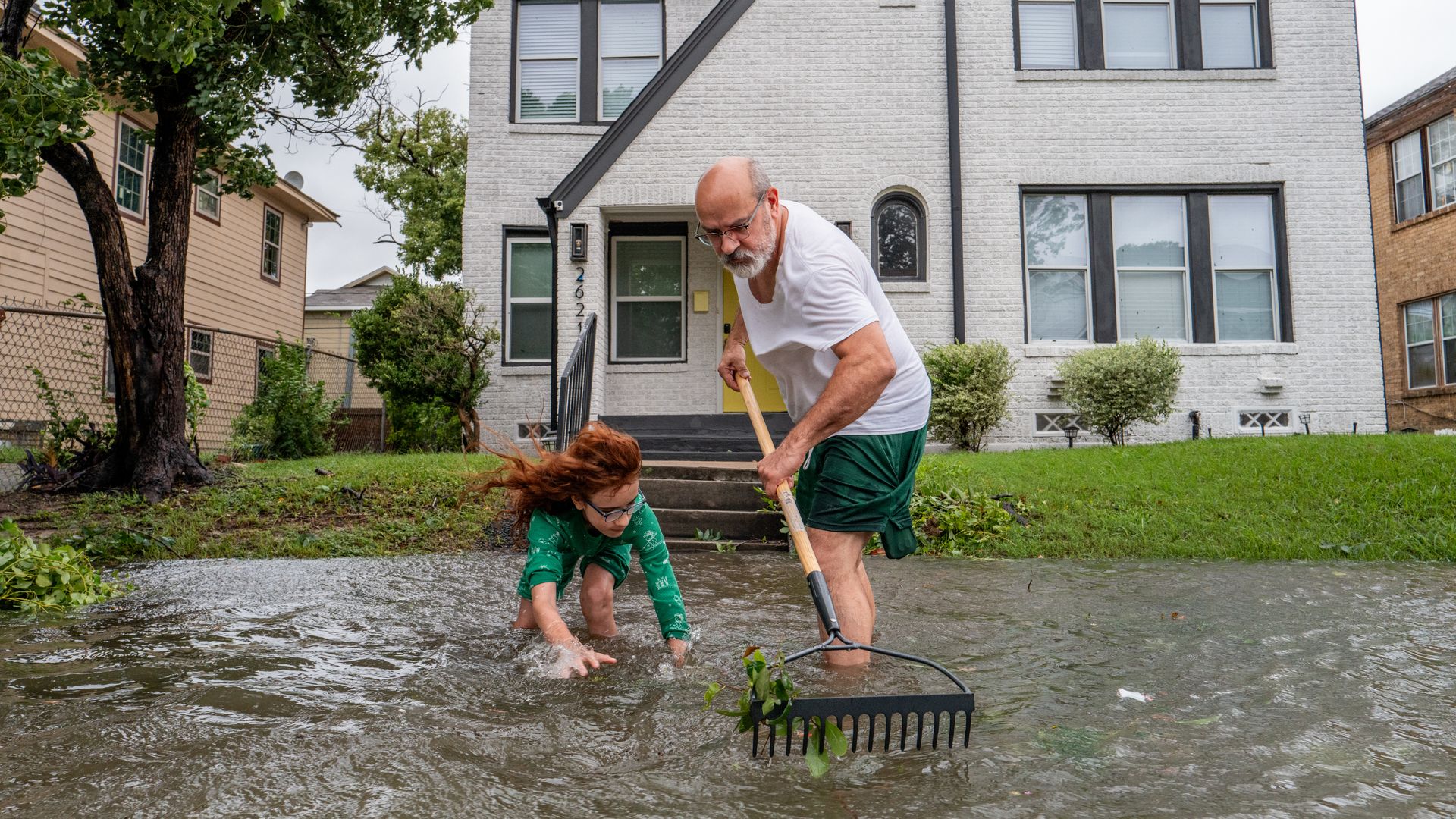
6. **Hurricanes, Natural Disasters & Home Vulnerability** Beyond the daily weather extremes, Texas, and by extension Austin, is susceptible to a range of severe natural disasters that can have significant impacts on property and peace of mind. While hurricanes primarily affect the Gulf Coast, their reach and the potential for severe weather events like torrential rains and flooding can extend inland, requiring constant vigilance and leading to increased insurance costs and stress.
But hurricanes aren’t the only concern. Texas is also prone to tornadoes, wildfires, and flash floods, making the threat of natural disasters a consistent background hum for residents. These events aren’t just statistics; they can cause substantial property damage, pose direct safety risks, and disrupt daily life, sometimes for extended periods. The need to be prepared for such eventualities becomes a constant, tangible aspect of living in the state.
Furthermore, the Texas weather itself is incredibly hard on houses. Hail storms are a common occurrence and can ruin roofs, leading to expensive repairs. The combination of torrential rain, high humidity, and other environmental factors can also lead to issues like water penetration and pest infestations, including scorpions. We spent tens of thousands of dollars on unexpected home repairs and remediation during our time there, and conversations with other residents confirmed that such expenses were far from uncommon. This means that owning a home in Austin comes with an added layer of financial and logistical burden related to climate-induced wear and tear.

